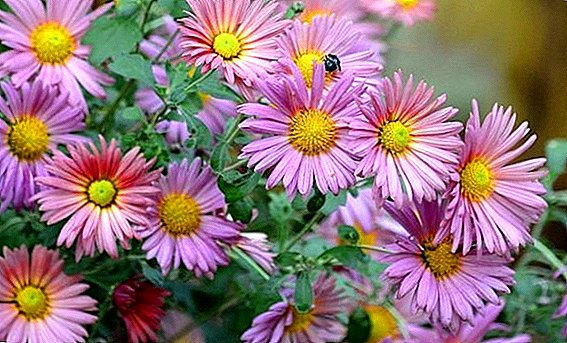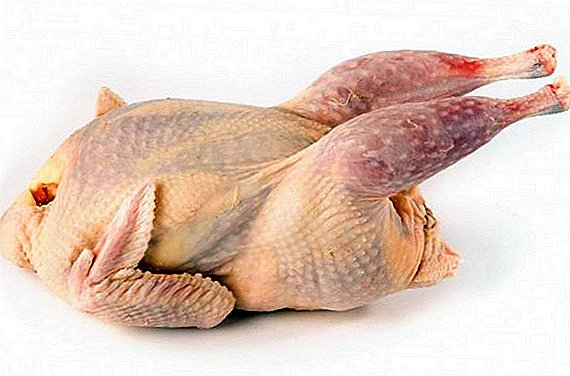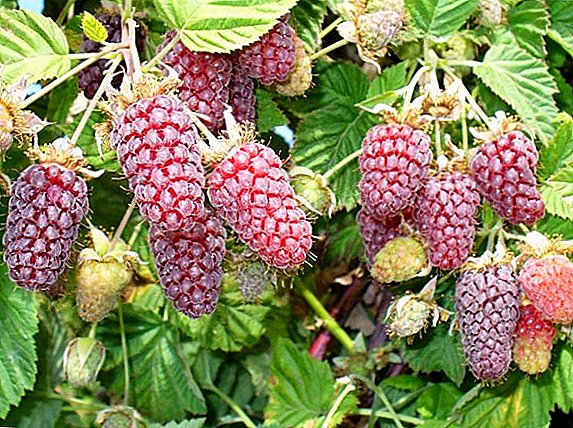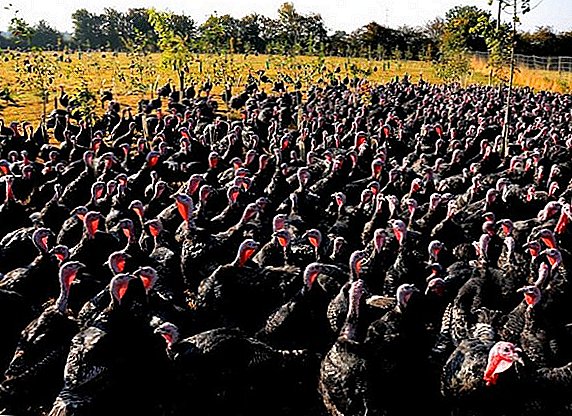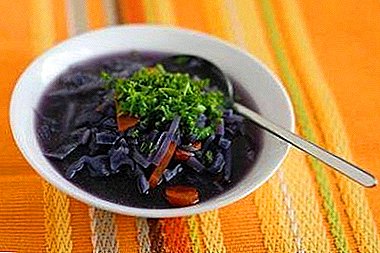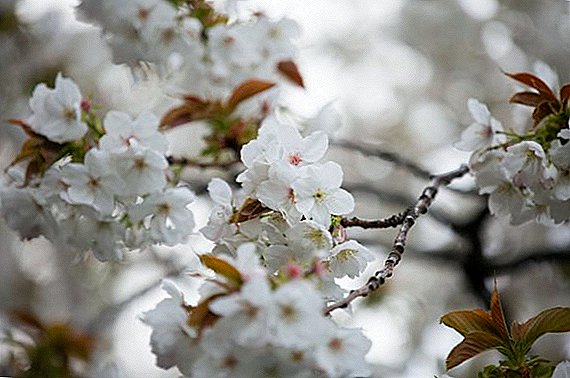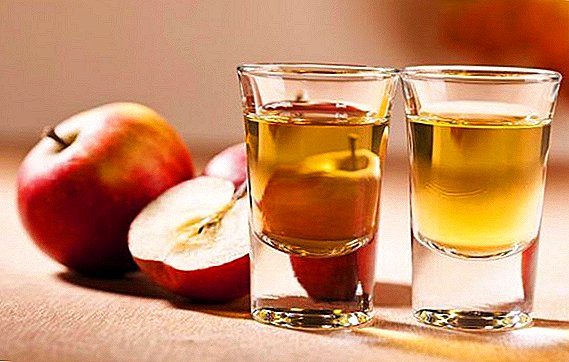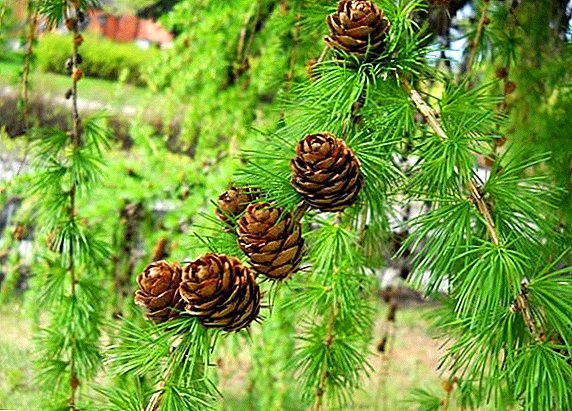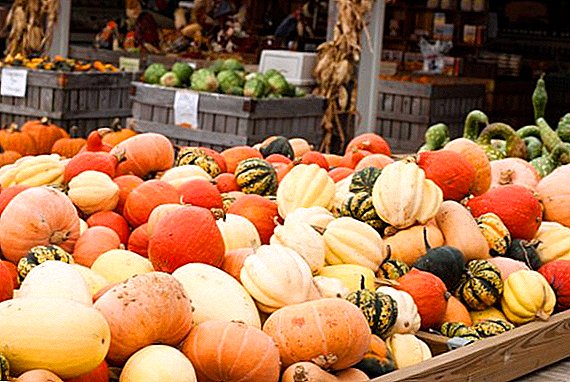 Gourds grow well on light sandy soils. They love a lot of sun, but grow poorly on heavy loam. Chernozems are suitable for growing melon crops, but in such conditions they require special care. Now find out what applies to the melon crops. These are: watermelon, melon, zucchini, squash and pumpkin.
Gourds grow well on light sandy soils. They love a lot of sun, but grow poorly on heavy loam. Chernozems are suitable for growing melon crops, but in such conditions they require special care. Now find out what applies to the melon crops. These are: watermelon, melon, zucchini, squash and pumpkin.
Watermelon (Citrullus lanatus)
If you want to plant a watermelon in your plot, you must first carefully select the variety, and only then plant the seeds. Some varieties of watermelon can not fully grow in black soil and high humidity. Therefore, the best varieties of watermelon are: "Astrakhan", "Kamyshinsky", "Monastery".  Watermelon should be planted not earlier than mid-Maywhen the weather was warm enough. Gourds very badly tolerate cold, especially night frosts. Also, monitor the humidity of the air, it should be about 60-70%.
Watermelon should be planted not earlier than mid-Maywhen the weather was warm enough. Gourds very badly tolerate cold, especially night frosts. Also, monitor the humidity of the air, it should be about 60-70%.
Did you know? The largest watermelon in history managed to grow in the United States, its weight was 122 kg.
It is best to plant biennial seeds. For quenching from cold, they can be planted in peat cups and kept in a cold place for no more than a day. Already germinated seeds are recommended to be planted in the soil. To do this, they need to hold about two days in a wet rag, and only then planted under the open sky.
It will be good if in the area where you plant a watermelon, perennial herbs or some of these plants were previously grown:
- winter wheat;
- corn;
- leguminous crops;
- potatoes;
- cabbage;
- carrot.
 Many do not know what to plant next to the melon crops. Best neighbors will be:
Many do not know what to plant next to the melon crops. Best neighbors will be:- potatoes;
- corn;
- peas;
- beet;
- sunflower.
 Fertilizers for melon crops should be selected very carefully. Excessive addition of nitrate fertilizers can adversely affect human health. Experts recommend adding insulin extract when planting seeds, and this will be enough.
Fertilizers for melon crops should be selected very carefully. Excessive addition of nitrate fertilizers can adversely affect human health. Experts recommend adding insulin extract when planting seeds, and this will be enough.Important! If you add a lot of nitrogenous fertilizers at the root of the watermelon, then it will lose its taste.
The fruits of watermelon can lie by mid-October, in some regions - by mid-end of September. If the fruit has ripened, then, having struck on it a palm, you will hear clunk. The collected seeds can be stored in a dark place for about 4-5 years and remain suitable for planting.
Melon (Cucumis melo)
To plant a melon, seeds of three to four years old are required. If you plant last year's seeds, the plant may not bear fruit. And all because the flowers will be male.
Did you know? The first mentions of melon came from North India.
Melon seeds desirable before planting process for 12 hours in zinc sulphate. Planting melon crops and caring for them require considerable effort, especially as regards melon, which is very thermophilic. Therefore, she, like watermelon, requires hardening.  First you need to land the seedlings in peat cups. When the first sprout comes out, it should be turned towards the sun and left in that position for another 10 days. After that, the plant can be transplanted into the ground. For this you need to make small holes at 20-30 cm in depth. Planted together with a glass in order to avoid damage to the melon root.
First you need to land the seedlings in peat cups. When the first sprout comes out, it should be turned towards the sun and left in that position for another 10 days. After that, the plant can be transplanted into the ground. For this you need to make small holes at 20-30 cm in depth. Planted together with a glass in order to avoid damage to the melon root.
In the future, you need to do everything the same way as for watermelon. Loosening and watering are mandatory procedures. As a result, you get a tasty and sweet fruit.
Squash (Cucurbita pepo var. Fastigata)
Squash is another representative of melons. It needs less sunlight and better tolerates colder air temperatures. Gourd plants such as zucchini can be planted seedlings for 10-20 days before watermelon and melon.
Important! Zucchini retains its beneficial properties for 9-10 months.
After the seeds are planted to break through and become two-three lobes, they can be planted under the open sky.  Before this, the soil should be loosened and fertilized with phosphorus and potash mixtures. You can use the infusion of mullein. During the landing in the ground to add some water and add wood ash. This will protect the plant from various diseases.
Before this, the soil should be loosened and fertilized with phosphorus and potash mixtures. You can use the infusion of mullein. During the landing in the ground to add some water and add wood ash. This will protect the plant from various diseases.
Zucchini can not be planted to the place where the gourd, squash or cucumber used to grow. It is advisable to replace the planting site of this melon plant annually and not plant it there for four years. During the growing season, the plant must be sprayed with various mixtures in order to prevent pests from destroying the zucchini. You also need to regularly water and weed the plant, then the fruits will be as large and tasty as possible. In general, the cultivation of such a melon crop as a zucchini has become an integral part of any gardener in our region. Therefore, many people know that if the plant is properly looked after, then in 35-40 days it will bear the first fruits.
Have you ever tasted such culinary delights in the winter, like melon compote or squash jam? In fact, in your kitchen of melon crops you can cook a lot of unusual and delicious dishes. Even artificial pumpkin honey.
Squash (Cucurbita pepo var. Patisson)
Gourd culture, which has a name in Latin Patisson, very similar to the zucchini in terms of growth. Some even plant these plants together for joint pollination.  In some sources you can read that the taste of the squash resembles a white mushroom and it is sweeter than a zucchini. Each taste buds are different, but the plants are almost identical in taste.
In some sources you can read that the taste of the squash resembles a white mushroom and it is sweeter than a zucchini. Each taste buds are different, but the plants are almost identical in taste.
Did you know? The white-pulp watermelon variety was first grown in South Africa.
The same applies to the planting of this plant. If you do everything the same way as for the zucchini, then you will not regret it. Here there is only one nuance: the scallops love a little more heatso plant them a week later zucchini.  The fruit of the patissons are of different colors: white, yellow and green. Again, everyone chooses to his taste. Among gardeners there is an opinion that the fruit of yellow color has the best taste.
The fruit of the patissons are of different colors: white, yellow and green. Again, everyone chooses to his taste. Among gardeners there is an opinion that the fruit of yellow color has the best taste.
One of the yellow squash varieties has the name "Sun", and the average fruit weight reaches 300 g. The green squash of the "Bingo-Bongo" variety produces fruits weighing up to 600 g.
Pumpkin (Cucurbita)
Pumpkin is a useful and dietary fruit. It contains many nutrients that the body needs for normal functioning.
This fruit contains vitamins A, C and PP, organic acids, salts of magnesium and calcium, as well as rare vitamin T. These vitamins, acids and salts have a positive effect on the digestive and cardiovascular systems.  Pumpkin is grown both for food and feed. It all depends on the type of plant. There are about 27 varieties.
Pumpkin is grown both for food and feed. It all depends on the type of plant. There are about 27 varieties.
Save the pumpkin fruit for the winter can be by freezing.
Planting pumpkin sort of melons should be the same as zucchini. Almost the entire growth process resembles the same zucchini process. Only pumpkin fruits ripen a little later, although it depends on what kind of plant care will be.  A ripe pumpkin can weigh up to 5 kg or more. Harvesting takes place at the end of September. Some varieties may lie longer.
A ripe pumpkin can weigh up to 5 kg or more. Harvesting takes place at the end of September. Some varieties may lie longer.
Important! To prevent the pumpkin fruits from rotting, they are placed under glass pieces or plywood.
Pumpkin can strike such diseases:
- powdery mildew;
- mosaic;
- fruit rot.


